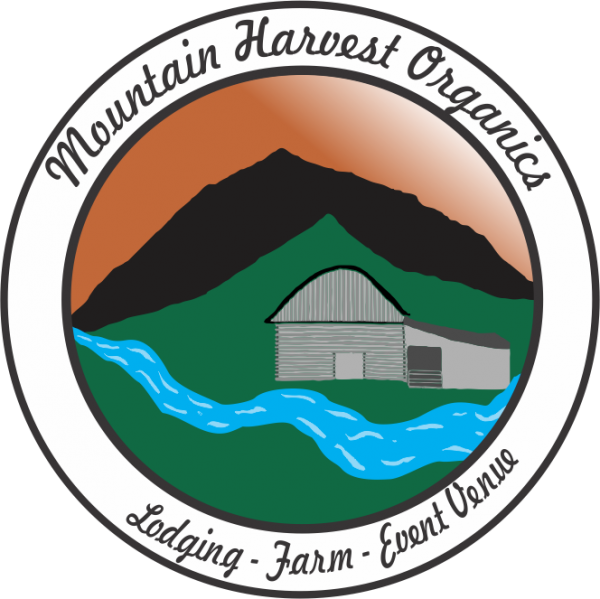Projects, WP Migration
FINALLY… We’ve transplanted a few crops to the fields
If I was to look back through our journal entries from previous years the subject for this entry might just be the most commonly used. After all, we are transplanting seedlings throughout the season, hoping each time that the soil has just the right amount of moisture.
This past week we only had a couple days without either snow or rain, and our soil was by no means the perfect consistency for making smooth beds for our transplants, yet we made a decision to work up some land and went with it. We are thankful to have transplanted a few beds of crops, and our best guess is that we set out around 2100 little seedlings, that were finally freed from their cells of plug trays in the warmth of the greenhouse left to survive the cold wet fields.
We were hoping to direct seed the following morning after transplanting, but at dawn we awoke to rainfall, that arrived a few hours earlier than forecasted. This is the latest we can remember being able to direct seed, which is putting seeds directly into the soil rather than into plug trays in the greenhouse, so we may be delaying our first CSA delivery by a week. Each year is different in farming, which is one of the things we LOVE about our job, but it is also something we find frustrating about our job. Last year the weather was so warm that we were harvesting extra early, this year nighttime temperatures have been down in the lower 30’s and 20’s, so we will be harvesting later than normal.
We must give credit to Sylvestre and George for getting our greenhouse tomato crop planted this week, because Carl and I wanted to quit working early afternoon on Thursday while it was only 35 degrees and raining, but they insisted we keep at it. My motto is, “Why do today what you can put off until tomorrow.” Sad to say, George topped my motto, his being, “Nothing is something that I do.”







Recent articles that I’ve found interesting:
How cool is this class for high school students. If this class isn’t yet available in the Asheville area, I bet it will be one day soon!.
I love how this Texas Farmer is using native grasses for raising his cattle. It is all about rotational grazing and something we hope to get into one day.
I always wondered how much renewable energy our country produces. We have a long way to go and I do wish the money invested in the Keystone XL pipeline could be re-directed to renewable energy sources.



